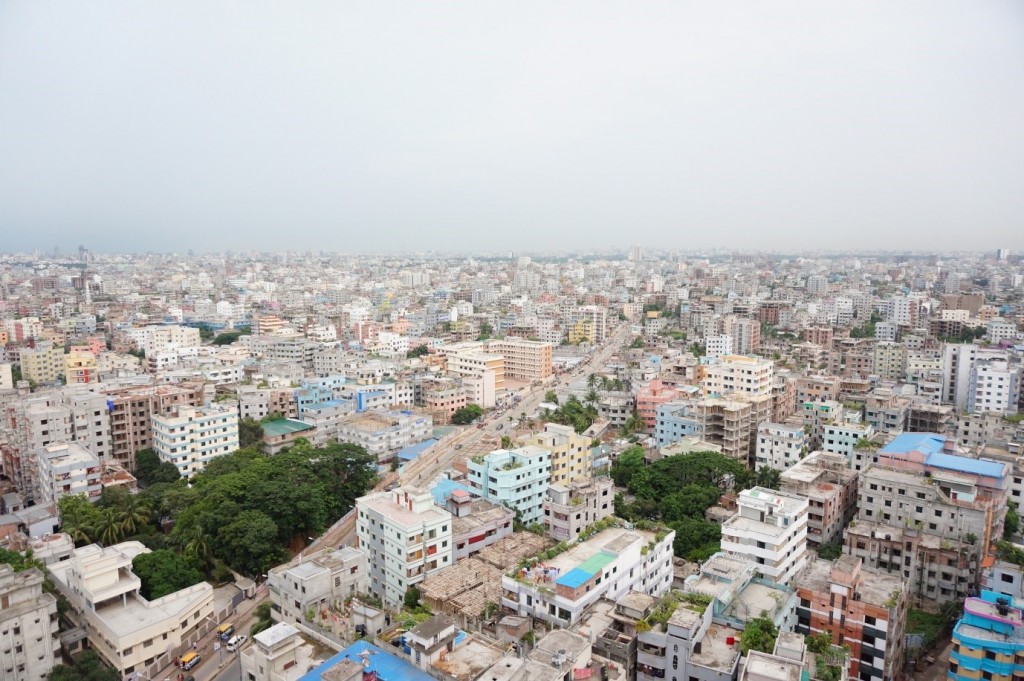
by Saeeda Zaman
You swear you’ll do it for real this time as you reach for your Power Rangers backpack. First survival essential that must be packed — juice boxes. How could they even think about taking away the Nintendo? They never let you do anything that you want, but you’ll show them. When you’re out there they’ll be hysterically begging you to come back, promising all of the chocolate milkshakes in the world no matter how many cavities you have…wait, Billy, what do you mean you can’t run away tonight? I guess we can wait until tomorrow.
Ah, the American Dream. Don’t lie; we have all melodramatically considered running away from home with hopes that our absence places our pleading parents into subordination. Fortunately, many of us 8-year-old-rebels never even made it past the front door.
Cross a couple of oceans and the story isn’t so similar in Dhaka, Bangladesh. It is not uncommon for children to wander away from home, only to never be able to navigate their way back through the maze of the 14 million people who call this city home. Alternatively, it’s possible that many are wandering to escape abusive parents or maybe a father who is a professional thief (like one of the kids I met).
No matter what the child’s incentive is, danger surrounds them as soon as they step out. At a certain point, it is inevitable that the child becomes hungry and, as any college student will tell you, food means money. In walks your average not-so-friendly drug dealer with the convenient promise of immediate cash just as long as the child sells some of “this.”
A child does not know what drugs are.
A child does not know that drugs can be harmful to them.
A child does not know that drugs are illegal.
Think about it: children only know what they are taught and what they see. On the streets, they see police officers arresting people, but they have no idea why. Then they see their friend The Drug Dealer bribe the police. Then they see the former arrestees back on the streets. What more do they need to know?
[Read More: ‘Exploring Bangladesh: “When the School Bell Rings”‘]
As any profit-maximizing company will tell you, when you start earning money, you want more, even if you’re a 9-year-old. The child continues to sell, but only when he decides to stop does he realize that his new found freedom is actually a form of entrapment. Try and leave and he faces abuse worse than what he left behind in his parents home. Many go on to become addicts, evolving into the muscle that they themselves once feared. Suddenly the 2,000 Taka (currency) they once coveted isn’t enough. But it’s a little too late now, isn’t it? Welcome to The System.
I know that this depressing ending isn’t the one you were looking for. Fortunately, I learned this story through a shelter home that saves children like these, but there’s a whole struggle behind taking a child from a hostile environment like that and trying to gain their trust, so make sure you check out my article next week, “Can You Change the Way Someone Thinks?” to read how these kids turn out.

Saeeda Zaman is from Chicago, Illinois. She is attending Purdue University and is a globetrotter. She recently went to Bangladesh last summer for an internship, to explore her roots and understand how people actually live.




